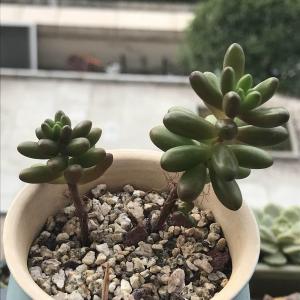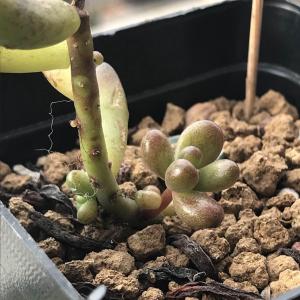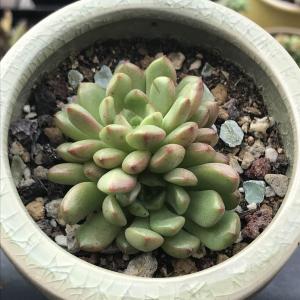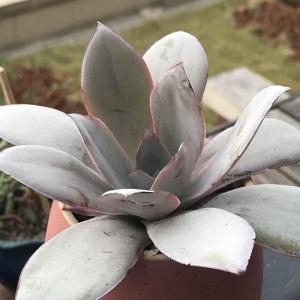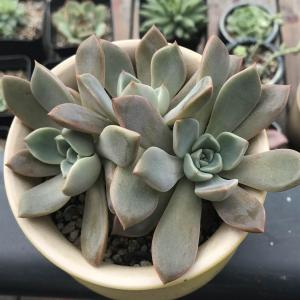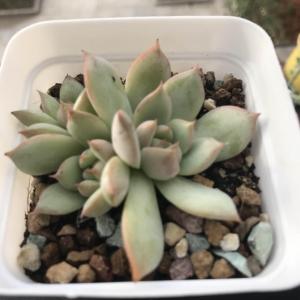文章
Miss Chen
2017年11月02日

Perennial strawberries (Fragaria × ananassa) are perennials that grow in U.S. Department of Agriculture plant hardiness zones 3 through 10. They grow best and accept plant nutrients in soil that has a pH from 5.5 to 6.

Strawberry types are divided among June-bearing varieties that yield one large crop in June, day-neutral varieties that yield strawberries throughout the growing season, and everbearing varieties that yield a June crop and one in early autumn. All three types are fertilized the same way at the start of the growing season. Day-neutral and everbearing have added needs during the summer.
Soil Amendments
More than three-fourths of strawberry roots are found in the top six inches of soil. If you have your soil tested and find minerals that are below the optimal level, work soil amendments into the top 6 to 8 inches of soil six months to one year before you plant your strawberries.
If your soil needs potassium, apply 1 1/2 cups of potassium chloride, 0-0-60, or potassium sulfate, 0-0-43, per 100 square feet of strawberry growing soil. Potassium sulfate is acceptable for organic gardeners. Mixing 14 cups of greensand to each 100 square feet is also acceptable for organic potassium. Greensand, mined from mineral deposits originally on the ocean floor, contains 3 percent potassium along with iron, magnesium, silica and other trace minerals.
If your soil lacks phosphorus, combine 2 1/2 cups of superphosphate, 0-20-0, or 1 cup of triple superphosphate, 0-46-0 to 100 square feet of soil. For organic phosphorus add 6 cups of bonemeal, 1-11-0, to 100 square feet.

Strawberries commonly suffer from a lack of boron in the soil. If no boron was added in the previous three to four years, mix 3/4 ounce of borax into a gallon of water and shake thoroughly. Spread this over 100 square feet of strawberry planting area, taking care not to apply too much. If you regularly amend your soil with compost, it should contain sufficient organic boron.
Growing Season Fertilizer
Two weeks before you plant strawberries, mix 2 pounds of water-soluble, granular 5-10-10 fertilizer into the top 6 to 8 inches of 100 square feet of soil.
Add fertilizer to newly planted strawberries in 6-inch bands on both sides of the rows. Use water-soluble, granular fertilizer and water well after application.
Six to eight weeks after planting, apply 1 pound of water-soluble, granular 5-10-10 fertilizer per 100 square feet of soil. If granules land on the strawberry leaves, knock them off with your hand or wash them off.
Adding nitrogen fertilizer in the spring before harvest may increase plant and berry diseases and cause excessive growth of stems and leaves. But if your plants are growing slowly and the leaves are light green, add 1/2 pound of 5-10-5 per 100 square feet of soil.
After harvesting June-bearing strawberries, remove weeds, cut back leaves and thin plants. Then add 1 to 2 pounds of 10-10-10 fertilizer per 100 square feet of soil in 6-inch bands beside the plants. Give the plants at least 1 inch of water per week to avoid salt injury from the fertilizer and to give the strawberries strong, new growth. One inch of water is roughly 6 gallons per square yard.
If your strawberries are growing in soil that has not been allowed to dry out, fertilize them again in late august with 1/2 pound of 10-10-10 fertilizer for each 100 square feet of soil.
Apply 1 pound of 10-10-10 fertilizer to 100 square feet of everbearing and day neutral strawberries in the middle of June and July and at the end of August.
Organic Fertilizers
Organic nutrients for strawberries are best added before they are planted, rather than later.
If you have time, plant oats in the area where you then plow them under a few weeks before you plant strawberries. The decaying oats will add nutrients to the soil.
Early spring is also when you should add 35 pounds of rabbit or poultry manure or 65 pounds of cow manure into the top 6 to 8 inches of 100 square feet of soil.

Strawberry types are divided among June-bearing varieties that yield one large crop in June, day-neutral varieties that yield strawberries throughout the growing season, and everbearing varieties that yield a June crop and one in early autumn. All three types are fertilized the same way at the start of the growing season. Day-neutral and everbearing have added needs during the summer.
Soil Amendments
More than three-fourths of strawberry roots are found in the top six inches of soil. If you have your soil tested and find minerals that are below the optimal level, work soil amendments into the top 6 to 8 inches of soil six months to one year before you plant your strawberries.
If your soil needs potassium, apply 1 1/2 cups of potassium chloride, 0-0-60, or potassium sulfate, 0-0-43, per 100 square feet of strawberry growing soil. Potassium sulfate is acceptable for organic gardeners. Mixing 14 cups of greensand to each 100 square feet is also acceptable for organic potassium. Greensand, mined from mineral deposits originally on the ocean floor, contains 3 percent potassium along with iron, magnesium, silica and other trace minerals.
If your soil lacks phosphorus, combine 2 1/2 cups of superphosphate, 0-20-0, or 1 cup of triple superphosphate, 0-46-0 to 100 square feet of soil. For organic phosphorus add 6 cups of bonemeal, 1-11-0, to 100 square feet.

Strawberries commonly suffer from a lack of boron in the soil. If no boron was added in the previous three to four years, mix 3/4 ounce of borax into a gallon of water and shake thoroughly. Spread this over 100 square feet of strawberry planting area, taking care not to apply too much. If you regularly amend your soil with compost, it should contain sufficient organic boron.
Growing Season Fertilizer
Two weeks before you plant strawberries, mix 2 pounds of water-soluble, granular 5-10-10 fertilizer into the top 6 to 8 inches of 100 square feet of soil.
Add fertilizer to newly planted strawberries in 6-inch bands on both sides of the rows. Use water-soluble, granular fertilizer and water well after application.
Six to eight weeks after planting, apply 1 pound of water-soluble, granular 5-10-10 fertilizer per 100 square feet of soil. If granules land on the strawberry leaves, knock them off with your hand or wash them off.
Adding nitrogen fertilizer in the spring before harvest may increase plant and berry diseases and cause excessive growth of stems and leaves. But if your plants are growing slowly and the leaves are light green, add 1/2 pound of 5-10-5 per 100 square feet of soil.
After harvesting June-bearing strawberries, remove weeds, cut back leaves and thin plants. Then add 1 to 2 pounds of 10-10-10 fertilizer per 100 square feet of soil in 6-inch bands beside the plants. Give the plants at least 1 inch of water per week to avoid salt injury from the fertilizer and to give the strawberries strong, new growth. One inch of water is roughly 6 gallons per square yard.
If your strawberries are growing in soil that has not been allowed to dry out, fertilize them again in late august with 1/2 pound of 10-10-10 fertilizer for each 100 square feet of soil.
Apply 1 pound of 10-10-10 fertilizer to 100 square feet of everbearing and day neutral strawberries in the middle of June and July and at the end of August.
Organic Fertilizers
Organic nutrients for strawberries are best added before they are planted, rather than later.
If you have time, plant oats in the area where you then plow them under a few weeks before you plant strawberries. The decaying oats will add nutrients to the soil.
Early spring is also when you should add 35 pounds of rabbit or poultry manure or 65 pounds of cow manure into the top 6 to 8 inches of 100 square feet of soil.
0
0





